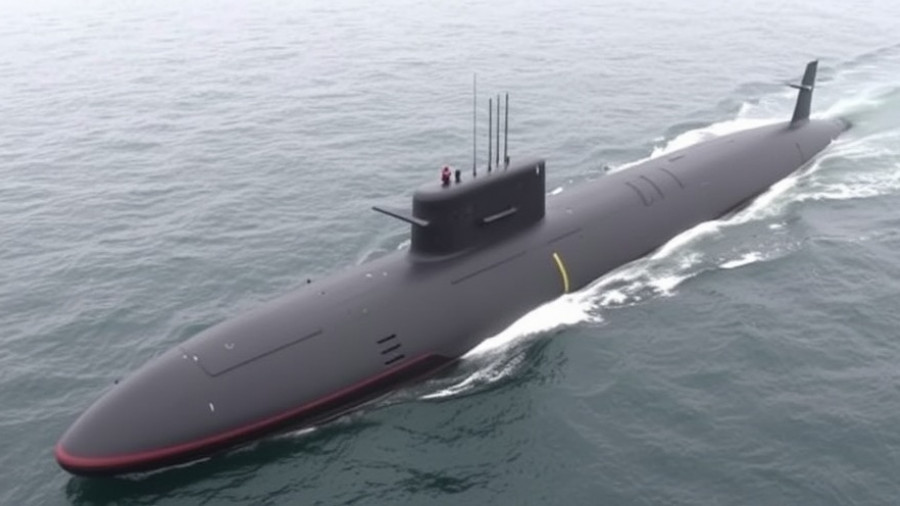
African Ambitions: The Rise of Dangote's $20 Billion Oil Refinery
Aiming to revolutionize Nigeria's oil sector, Aliko Dangote, Africa's richest man, is making waves with his massive $20 billion oil refinery project. This venture is being hailed as a pivotal moment in Nigeria's economic landscape. It aspirations to alleviate the country’s predicament of chronic fuel shortages while bolstering local industry. However, despite the ambitious goals, there are serious challenges ahead that could jeopardize its success.
The Challenges Faced by Dangote’s Refinery
Even with recent agreements, such as a significant deal with the Nigerian National Petroleum Company (NNPC) to supply natural gas, the refinery confronts a skeptical marketplace plagued by ‘oil mafia’ influences. This reference to deep-rooted corruption highlights a daunting environmental and socio-political landscape. The complex interplay of these factors raises questions about whether this refinery can actually deliver on its promises of economic transformation.
A Shift in Nigerian Oil Dynamics
In the wake of a new deal with NNPC, the refinery’s operations could vastly improve, providing them with up to 100 million standard cubic feet of natural gas daily for power generation. This marks a noteworthy shift in the competitive tensions between Dangote and the state oil firm, hinting at a possible collaborative effort to utilize Nigeria’s abundant oil resources more effectively. Could this partnership signal a new era for the Nigerian oil sector, or will entrenched interests continue to thwart progress?
Lessons From Nigeria: A Case Study in Economic Potential
By examining Dangote’s refinery through the lens of technology and industry, we discover a case study marked by both ambition and adversity. This venture illustrates the delicate balance between innovation in energy production and the political realities that often hinder successful implementation. Looking ahead to tech trends in 2025, such as disruptive technologies and innovations, the refinery could potentially serve as a template for future projects across emerging markets.
Future Predictions: Will Dangote's Refinery Succeed?
As the world keeps an eye on Dangote’s progression, forecasts are mixed. Some analysts are hopeful that the refinery will pave the way for local manufacturing and reduce dependency on foreign oil. Others are less optimistic, cautioning against the historical failures of similar ventures in Nigeria. The refinery represents a microcosm of broader discussions about the tech industry and emerging technologies, highlighting both risk and opportunity in energy innovation.
Common Misconceptions About Big Oil Projects
Misunderstandings about the viability of mega projects like Dangote’s oil refinery abound. Many assume that financial backing guarantees success, yet the tightrope of implementation involves navigating local politics, logistics, and stakeholder alignment. This complexity is echoed throughout the tech landscape as industries grapple with similar challenges while seeking to implement real-world applications of innovative technologies.
Conclusion: The Stakes are High for the Future of Energy
The journey of Aliko Dangote's refinery will not only determine the future landscape of Nigeria’s oil sector but could also reshape perceptions of energy dependence globally. As we brace for significant shifts in technology and energy paradigms, engaging with these developments and understanding their implications becomes paramount.
 Add Row
Add Row  Add
Add 




Write A Comment